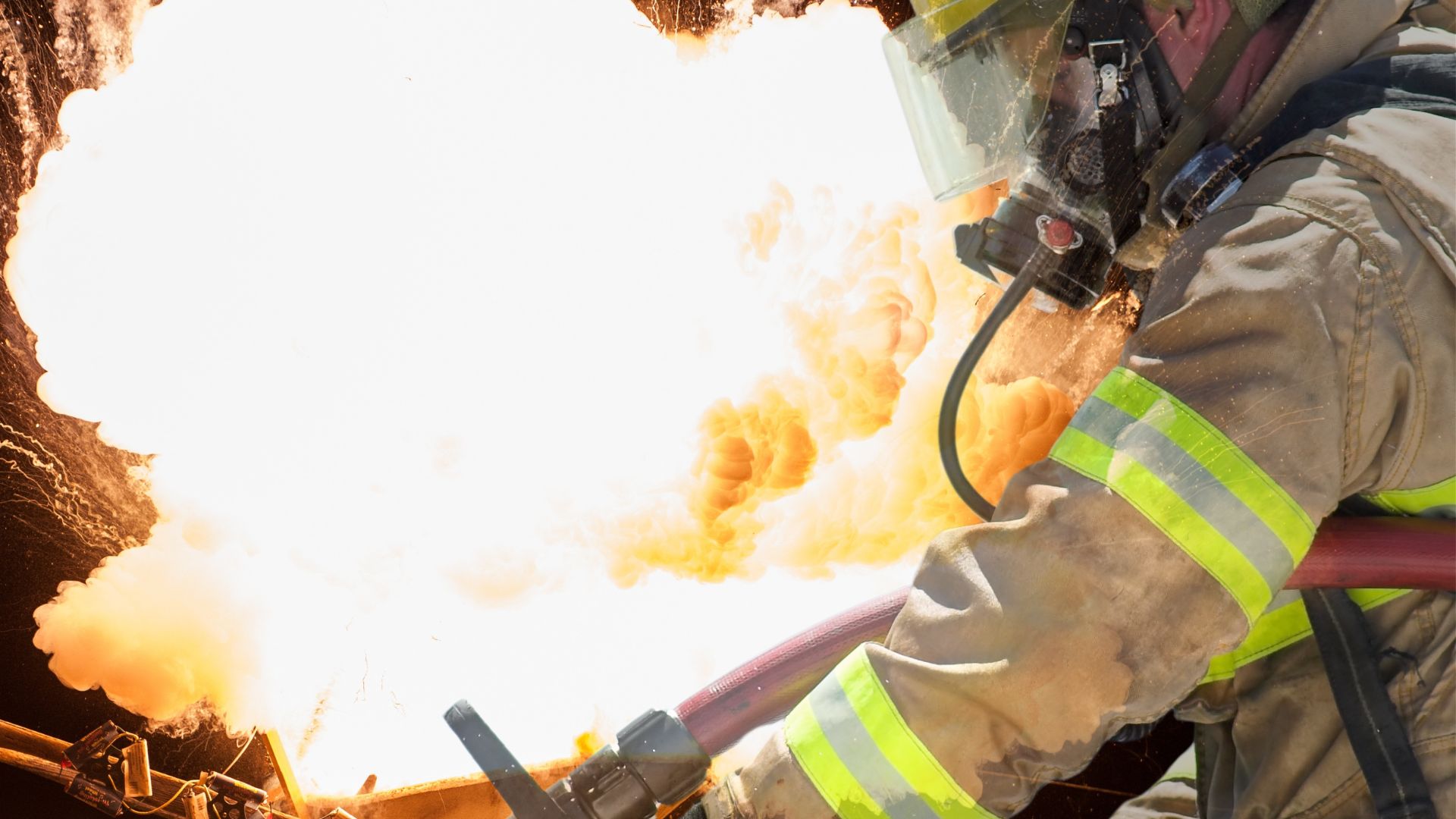Understanding the Risks: Lithium-Ion Batteries in Natural Disasters
Lithium-ion batteries have become indispensable to modern life, powering everything from smartphones and laptops to electric vehicles (EVs) and large-scale energy storage systems. The global demand for them is projected to grow by an estimated 30% annually until 2030. However, as their presence becomes more pervasive, so do the risks they pose in the context of natural disasters.
Natural disasters such as hurricanes, floods, and wildfires can severely compromise the safety of lithium-ion batteries. When exposed to conditions like saltwater submersion or intense heat, these batteries have been shown to short circuit, ignite, or, in the worst cases, explode due to a process called thermal runaway. Recent events in Florida during Hurricane Helene illustrate this danger clearly, with over 48 lithium battery-related fires reported due to storm surges that submerged electric vehicles. These incidents highlight a pressing need for disaster preparedness among governments, industries, and the public as the number of battery-powered devices grows.
Even beyond direct physical harm, the environmental impact of lithium-ion battery fires is significant. Burning batteries can release heavy metals like cobalt and lithium, which may contaminate soil and water. The presence of these hazards in disaster-prone areas underscores the importance of taking their risks seriously.
Thermal Runaway and Fire Hazards: A Growing Concern
The term thermal runaway describes a chain reaction where rising temperatures within a lithium-ion battery release energy uncontrollably, potentially resulting in fires or explosions. This phenomenon becomes especially problematic during natural disasters when systems are either physically damaged or exposed to extreme conditions.
Firefighters and emergency responders face added complications when dealing with lithium battery fires. Unlike traditional fires fueled by wood or paper, lithium-ion blazes resist conventional extinguishing methods. These fires can reignite days or even weeks after being thought extinguished, posing ongoing threats to homes, businesses, and rescue teams. For instance, in California wildfires, crews reported that battery fires burned longer and hotter, requiring specialized materials like chemical suppressants or fire-resistant blankets to contain.
Adding to the complexity, the compact and flammable design of lithium-ion batteries amplifies the potential for widespread damage. Whether in homes, commercial properties, or EVs, their integration into daily life creates new vulnerabilities that align poorly with traditional insurance risk models.
Insurance Industry’s Response to Lithium-Ion Battery Risks
The insurance industry faces an uphill battle in adapting to the risks of lithium-ion batteries during natural disasters. Historically, insurance coverage models focused on risks posed by structural damage or other established threats. Lithium-ion battery risks, however, complicate this equation by introducing new, poorly understood hazards.
One crucial issue is the elevated cost of insuring electric vehicles compared to traditional vehicles. EV insurance can be anywhere from 18% to 30% more expensive, partly due to the fire risks batteries pose when exposed to water or heat. Home insurance policies are also undergoing revision to account for the presence of battery storage systems. Insurers are increasingly requiring policyholders to take extra precautions, such as storing EVs on higher ground or using certified, safer battery models.
Some insurers are responding by incorporating stricter safety measures into their policies. This includes mandating fire detection systems for properties housing large energy storage units and setting standards for safe battery compartments in EVs. Nevertheless, insurance providers still lack sufficient data to fully address these risks, as losses connected to lithium-ion batteries are relatively new and often case-specific. Procedures for preventing thermal runaway and addressing its consequences remain inconsistent across regions.
To reduce risks, insurers are exploring risk segmentation that tailors safety measures based on battery application. For example, small consumer devices like smartphones require distinct protocols compared to large grid-scale energy storage installations. The customization of safety policies allows insurers to better hedge against potential damage while encouraging consumers to follow responsible practices.
Practical Safety Measures and Future Implications
Governments, industries, and individuals must take coordinated action to enhance safety and mitigate risks associated with lithium-ion batteries, particularly in disaster scenarios. At home, measures like installing fire-resistant flooring in storage areas for batteries or using BMS (Battery Management Systems) to regulate charge and discharge cycles can significantly reduce risks. Similarly, moving EVs out of flood-prone areas before storms arrive should become standard advice during disaster planning.
On a larger scale, the development of comprehensive safety standards is critical. Precautionary measures, such as compartmentalization of battery storage and the installation of gas detection systems for early fire warnings, can prevent accidents during emergencies. Some firefighter units have begun training on chemical extinguishing techniques and equipping themselves with specialized gear, though many departments still find themselves unprepared for the unique challenges of lithium battery fires.
Looking ahead, as climate change drives more destructive natural disasters, the intersection between clean energy solutions like lithium-ion batteries and disaster readiness will come under greater scrutiny. Although lithium-ion technology is seen as vital to decarbonization and the transition to sustainable energy, mitigating its risks must be part of the equation. From improving public awareness to refining insurance risk calculations, stakeholders across sectors must work together to ensure that energy innovation doesn’t come at the cost of heightened disaster risks.
Practical advancements are underway, but challenges remain. Enhanced regulations and better public education on battery safety are necessary to bridge current gaps. By implementing early warnings, dedicated fire prevention protocols, and responsible insurance coverage models, society can better prepare itself to weather the twin challenges of climate-driven disasters and the proliferation of advanced energy systems.


